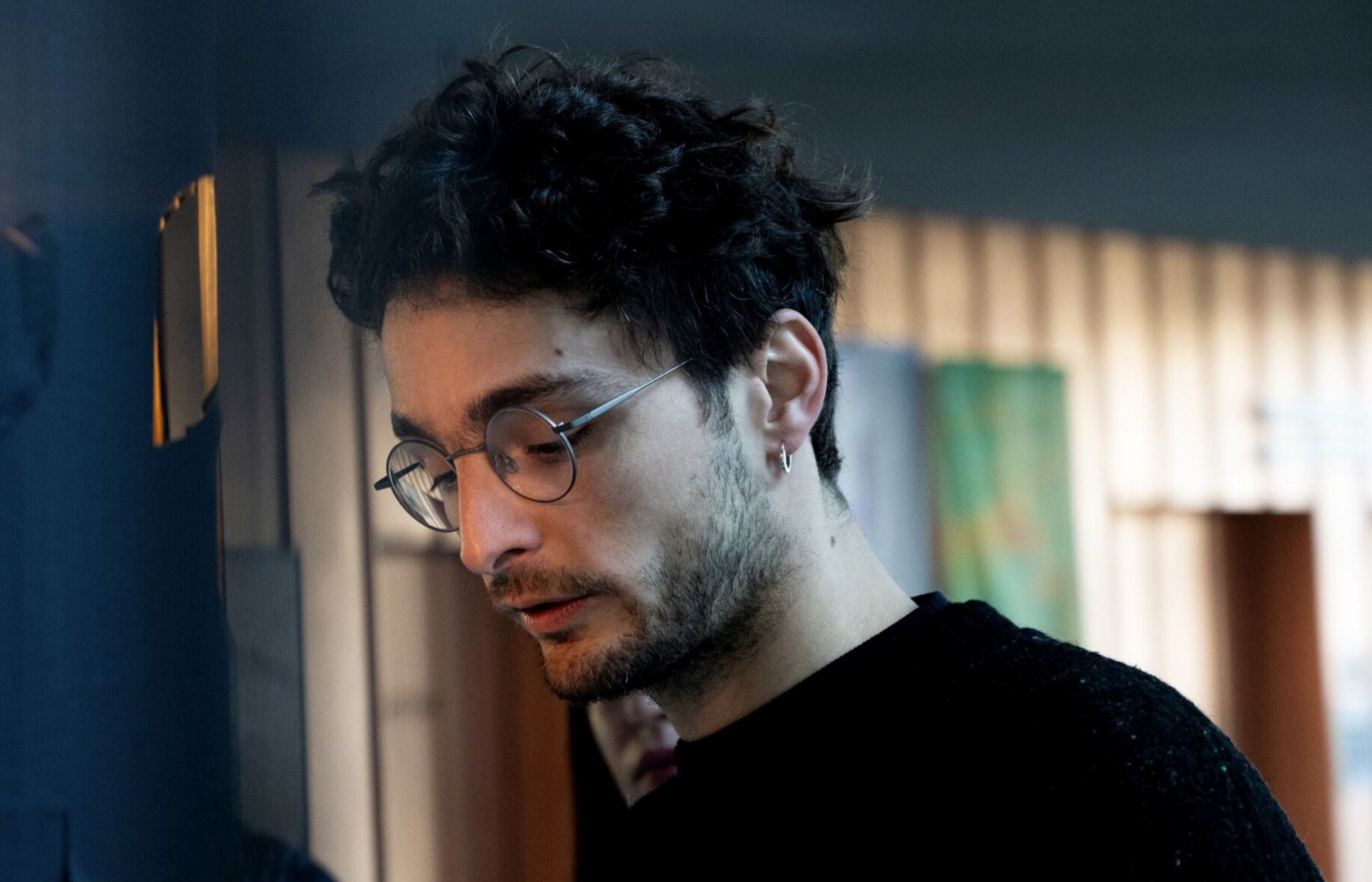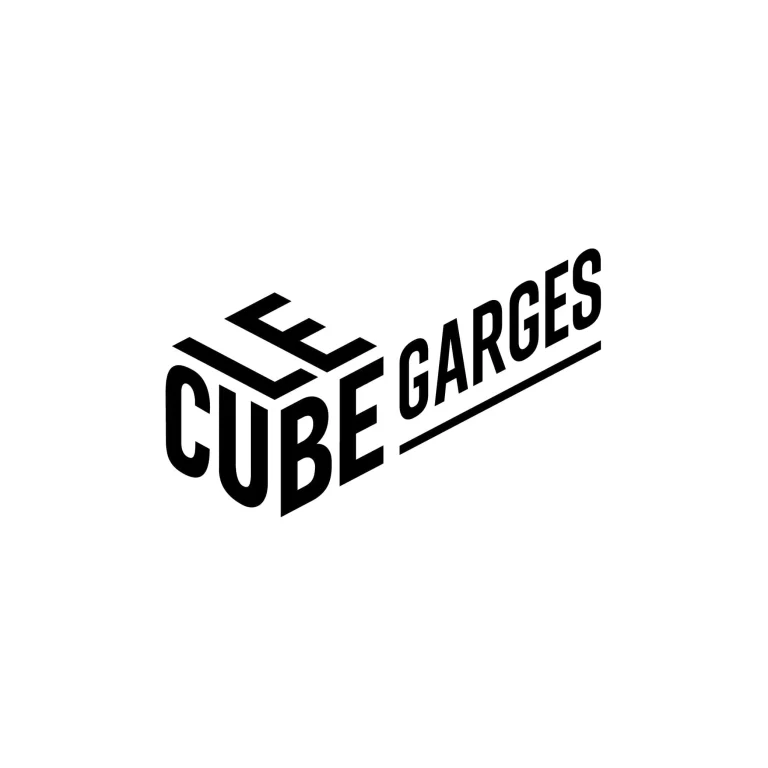Clément Thibault
Art critic, new media curator
May-July 2026

- Museums
- Washington, DC
“I aim to lay the foundations for a sustainable strategy to establish video games as a fully recognized artistic medium, by working on the structuring of an ecosystem of production, dissemination, and research.”
I am an art critic, new media curator, and Director of Visual and Digital Arts at Le Cube Garges, a cultural innovation hub located in the Île-de-France region. For over a decade, I have been exploring the intersections between the new narratives shaping our society and contemporary creation, with a particular focus on the dynamics of art x science x technology. My research engages both with the contemporary transformations of the image—generated, simulated, performed—and with art understood as a state of inter-individual relation, extending the long-standing dream of a civic art rooted in everyday life.
A member of AICA (International Association of Art Critics), I have contributed to around twenty exhibition catalogues and monographs, and curated nearly thirty exhibitions across Europe. I teach the history of digital art and curatorial theory at Université Paris 1 Panthéon-Sorbonne, Université Paris 8 | Vincennes–Saint-Denis, as well as at ICART.
In 2023, I served as Artistic Director of ISEA2023 Paris (International Symposium on Electronic Arts), dedicated to the theme of “Symbiosis,” in collaboration with a vast international network of artists, researchers, and institutions. I also serve on UNESCO’s Advisory Committee for Works of Art.
Clément Thibault, Director of Visual and Digital Arts at Le Cube Garges, is an art critic and new media curator. He teaches at Paris 1, Paris 8, and ICART, coordinated ISEA2023 Paris around the theme of “Symbiosis,” and serves on UNESCO’s Advisory Committee for Works of Art.
The opportunity of a two-month residency is particularly exciting for me, as it would allow me to reconnect with my practice as an art critic by bringing renewed attention to the aesthetic, political, and cultural issues raised by video game practices within an artistic context. This project would also be an opportunity to extend my curatorial engagement: in connection with Le Cube Garges, I wish to lay the foundations of a sustainable strategy for recognizing video games as a fully-fledged artistic medium, by contributing to the structuring of an ecosystem of interdisciplinary production, dissemination, and research.
My study would be organized around several complementary pillars:
-
Virtual worlds, worldbuilding, and speculative narratives — to analyze the logics of world simulation.
-
In-game performances, meta-gaming practices, mods, détournements, and glitches — to explore the reconfigurations of the semantics and aesthetics of games.
-
The contamination of reality by artistic ARGs (Alternate Reality Games) — where play infiltrates the physicality of the world.
-
Machinima and in-game photography practices — to understand how traditional media such as cinema or photography are reactivated by the video game universe.
I would also like to connect this research to a reflection I have been developing for a long time: examining how video games have influenced certain contemporary practices in painting.
A series of essays will be published throughout the residency in Fisheye Immersive, the residency’s partner.
In the United States, the idea is to anchor this research in Washington, at the heart of the Smithsonian Institution. The Smithsonian American Art Museum (SAAM), which hosted the pioneering 2012 exhibition The Art of Video Games, has since pursued regular programming around video games, notably with the SAAM Arcade festival. This institution offers a unique vantage point on how video games can be legitimized, historicized, and presented within a museum context.
This residency will also provide an opportunity to meet key industry players based in the region, such as Bethesda Game Studios and Firaxis Games. These encounters will allow me to bring together the logics of industrial creation with the experimental approaches emerging from the artistic field.
Finally, I plan to extend this fieldwork with targeted forays into New York and Massachusetts, two important hubs of art x science x technology, game studies, and interactive design. The aim is to map out an American ecosystem which—across institutions, studios, and independent practices—outlines fertile pathways for conceiving video games as both a fully-fledged artistic medium and a research space in their own right.
In partnership with

Fisheye Immersive

Le Cube Garges
